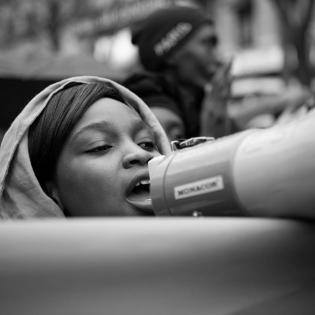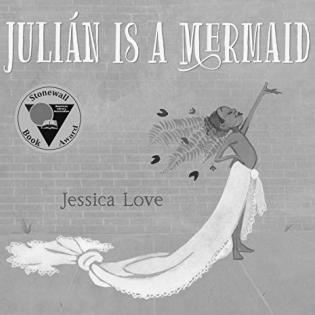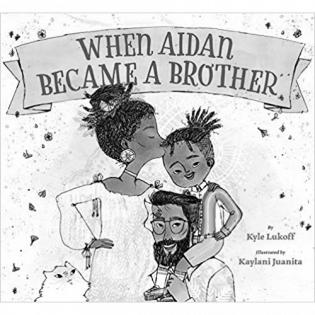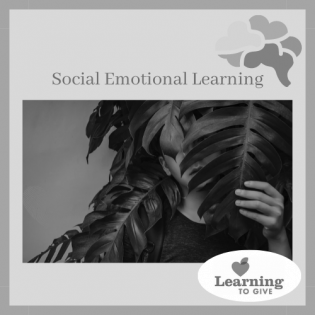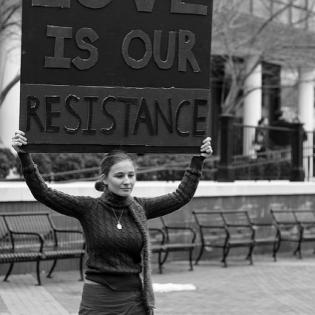One of the ways we identify ourselves is through the culture of our gender identity. This may include our gender and how we express ourselves through our clothing, hair, and what we like to do and who we like to spend time with. This lesson raises awareness of the variety of ways people express...
Filter by subjects:
Filter by grades:
Filter by audience:
Filter by issue area:
Filter by content type:
Filter by resource type:
resource search
Women around the world face challenges at all levels of income, education, global development, and age. While the world is slowly becoming more accepting of gender being a spectrum of expression and identity, anyone not clearly defined frequently faces judgment, discrimination, hate, even violence for embracing their true self in a world that doesn’t understand or tolerate ambiguity. This toolkit provides information, advocacy tools, lessons, and project ideas to help young people take action to change the worldview of gender and demand equity.
In this book, Julian imagines himself becomming a mermaid after he sees some women dressed up beautifully in mermaid costumes. When he gets home, he dresses up as a mermaid, and at first his Abuela seems angry at him.
The guide below provides activities and discussion questions to explore how we like to be seen and how we show respect for and believe in others. This is a story about protecting and cherishing the uniqueness of each child. It is also the story of a child who was thought to be a girl at birth and was really a boy. His family is loving and supportive of the journey in a way that shows us all how to love and cherish each other's journeys, especially the potentially unfamiliar journey of child who is transgender.
In this lesson, youth become aware and gain empathy for the discrimination people experience because of their race, age, gender, and other reasons. The group discusses ways to be inclusive. A Mix it Up Day changes our familiar boundaries and helps us connect to new people.
A cooperative game demonstrates that we are all connected and that others are affected by things that we may believe only affect us. They read about and discuss gender inequality in global schools and explore what policies and measures are in place for achieving universal primary education for...
Young people learn about global efforts for universal mandatory education and equity for girls in school.
Identity self-portraits create opportunities for self-understanding by encouraging youth to reflect on different facets of their identities. Participants illustrate their visible and invisible identity markers, reflect upon how these identities interact with how they perceive themselves and how they are perceived by others.
While no two persons are the same, this can unite us rather than divide us. As citizens of a fair and just society, we have the ability to take big and small actions to help us create a more equitable world. This toolkit links to background information, activities and resources, and project ideas related to equity and advocacy.
Young people analyze the effects of education on individuals, communities, and the world. They demonstrate that we are all connected and that others are affected by things that we believe only affect us.
